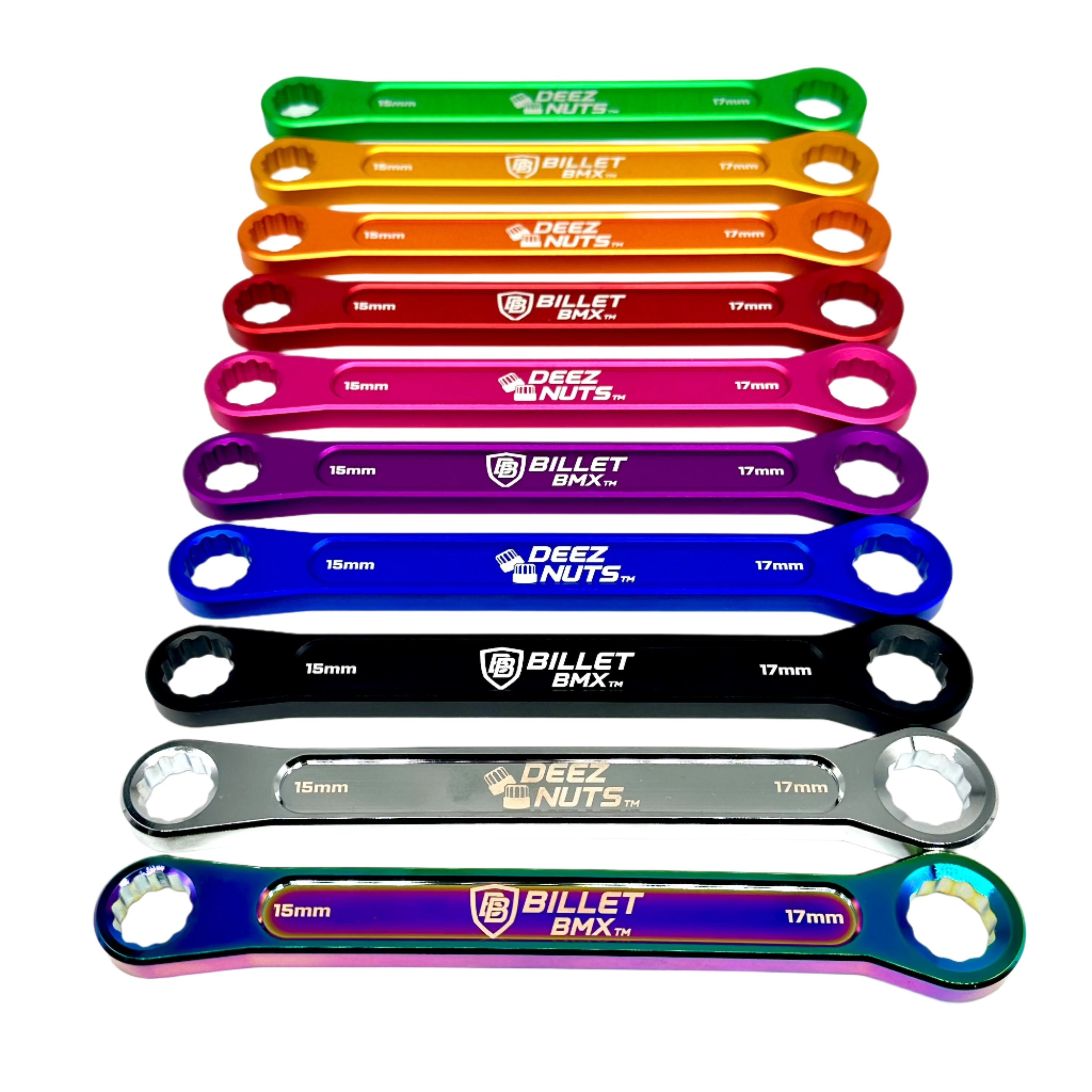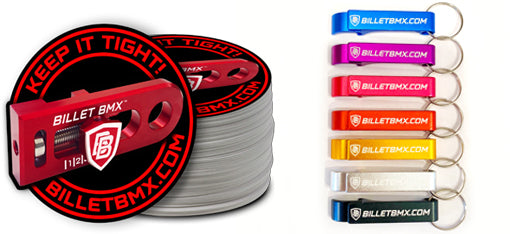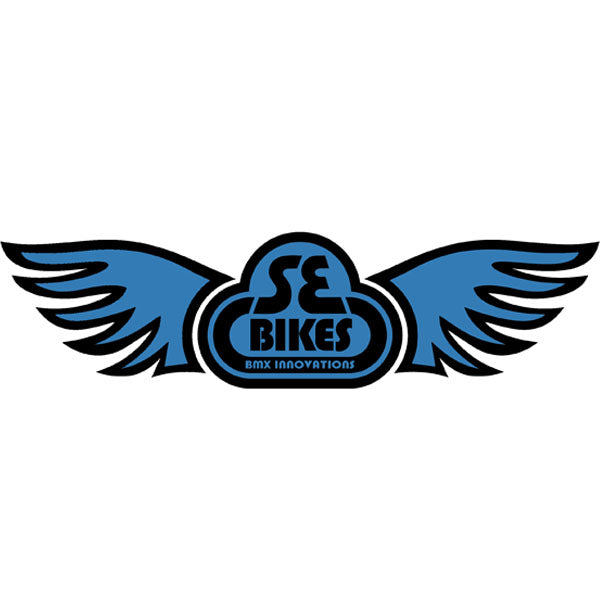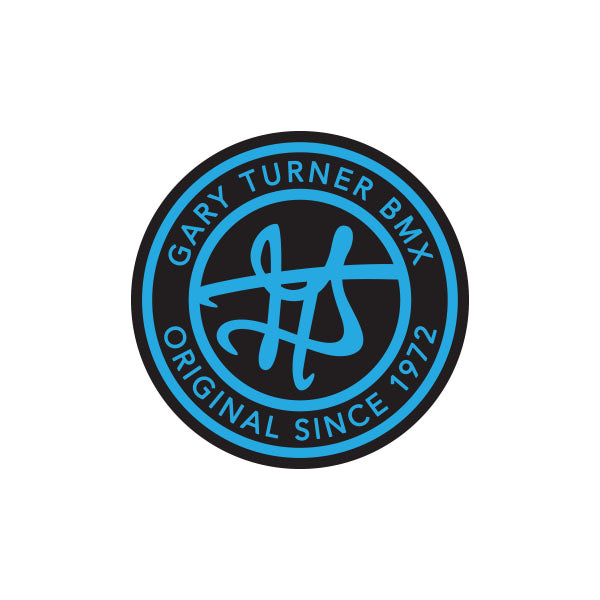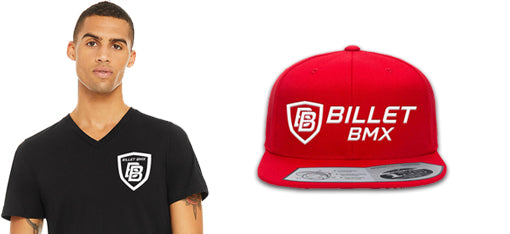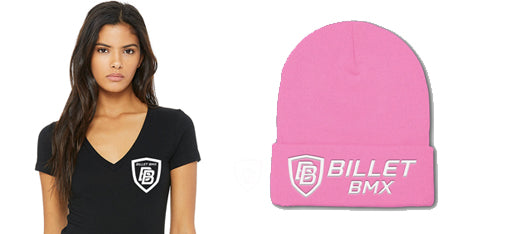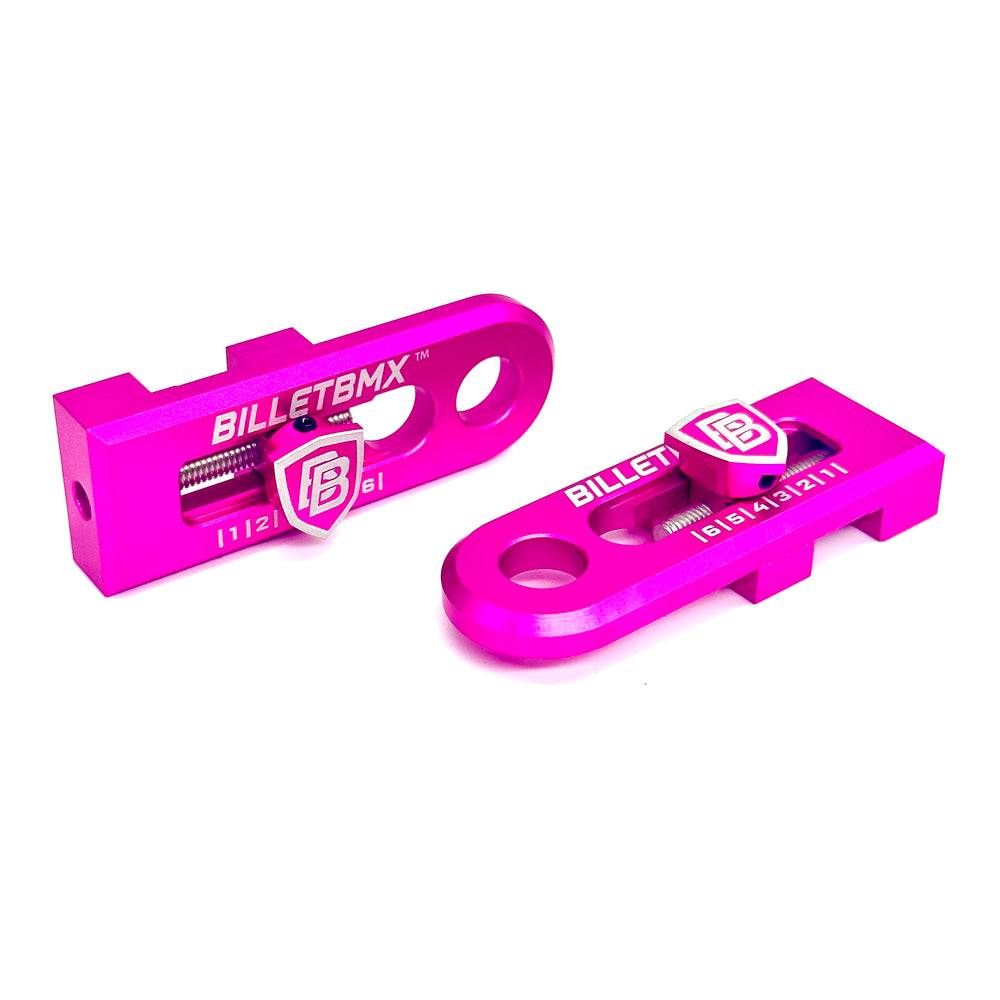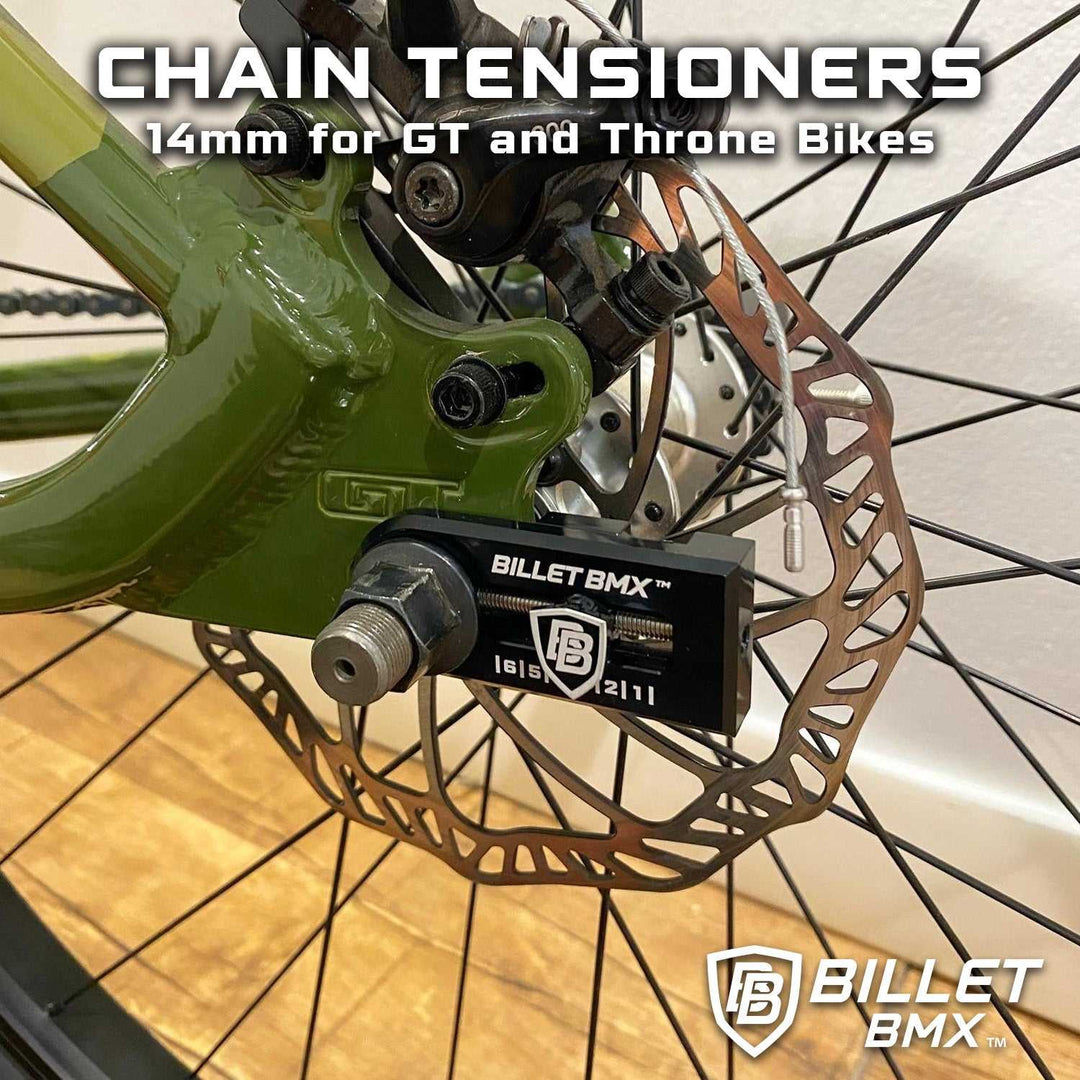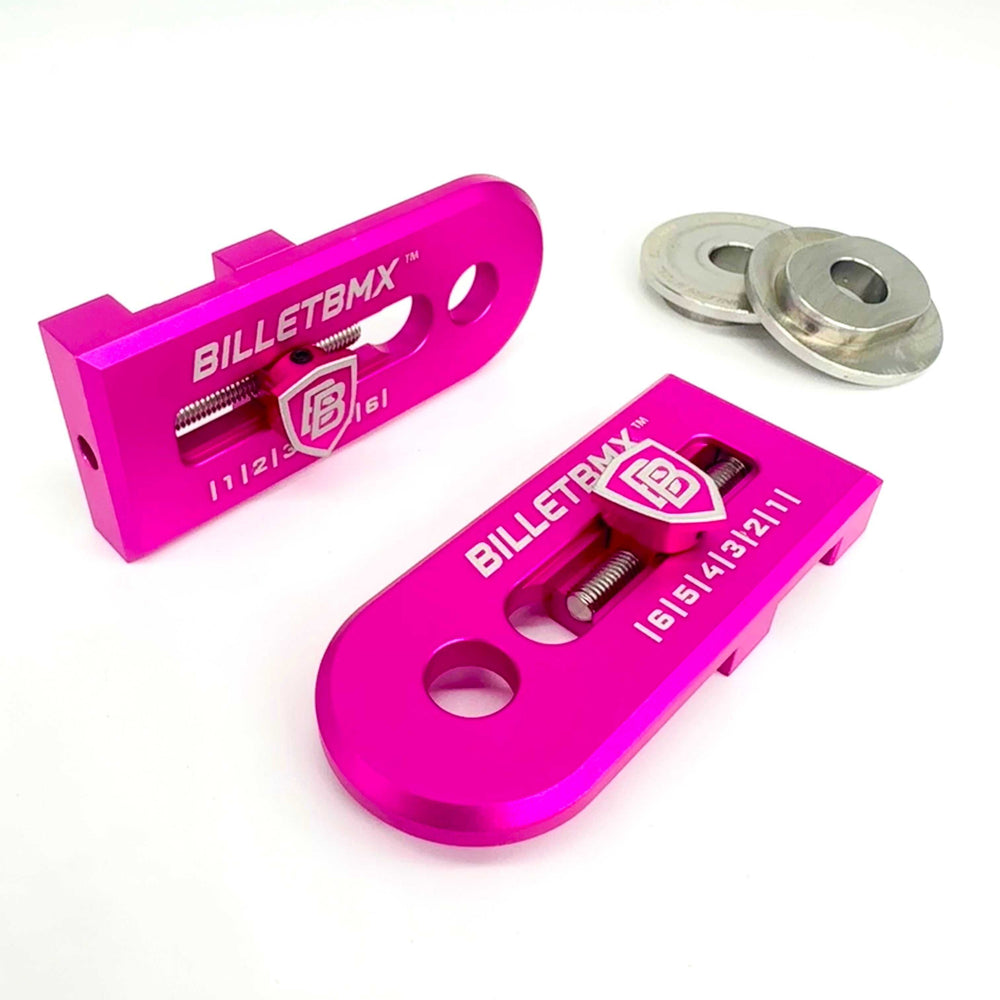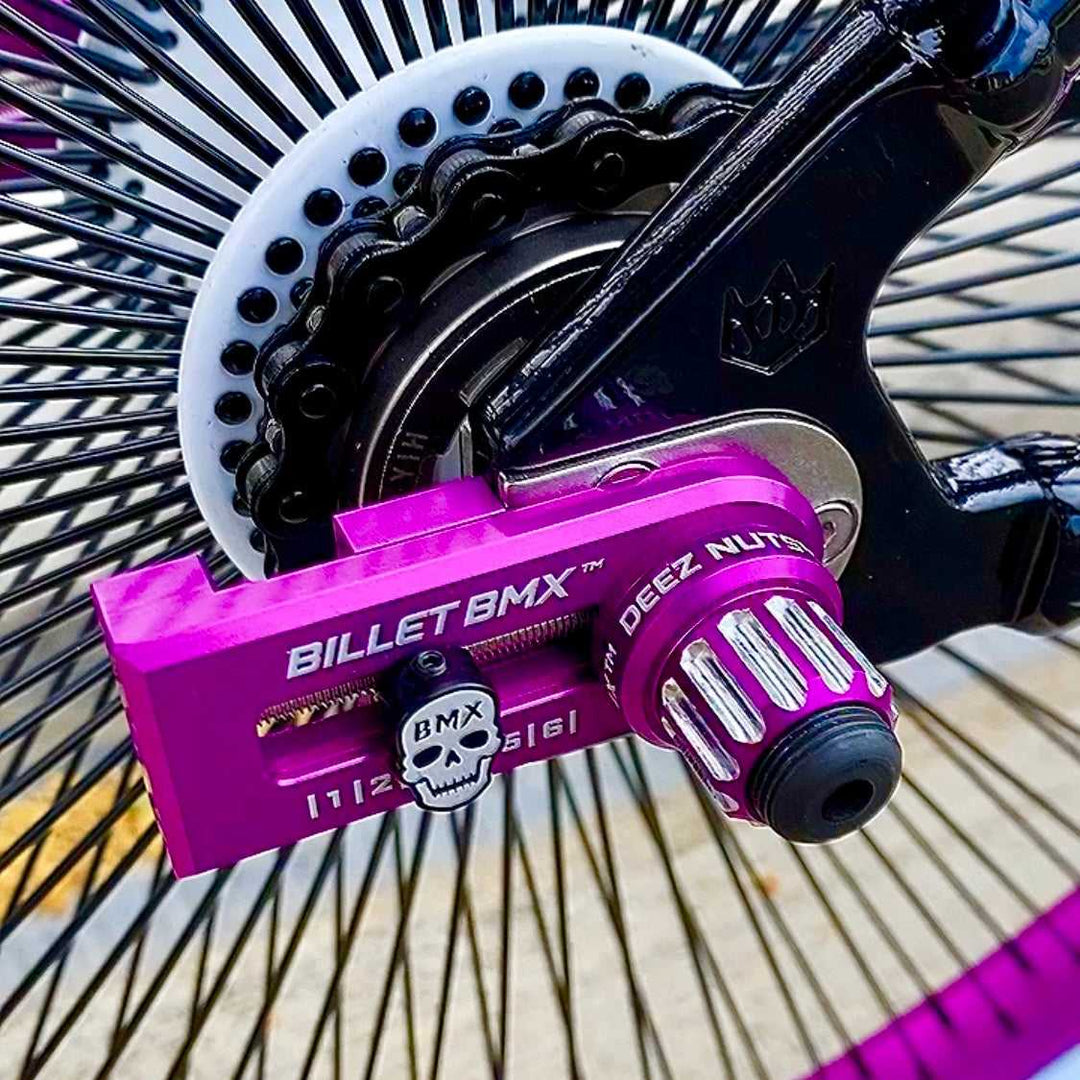Do You Really Need Brakes on a BMX? Pros and Cons Revealed

When it comes to BMX brakes, there’s a long-standing debate in the BMX community: Are they really necessary? Whether you're riding ramps, racing on tracks, or cruising the streets, understanding the role of brakes on BMX bikes is crucial. In this guide, we’ll explore the pros and cons of BMX brakes, look at different brake types, and help you decide what’s best for your riding style.
What Is a BMX Brake?
A BMX brake is a braking system designed specifically for BMX bikes. Unlike road or mountain bikes, BMX bikes often have minimalist setups, and in some cases, no brakes at all. However, most BMX bikes come equipped with rear brakes only, particularly in freestyle BMX, while BMX racing bikes often feature lightweight brake systems to reduce weight without compromising safety.
Pros of Having a BMX Brake
Increased Safety for All Riders
The most obvious advantage of BMX brakes is safety. Whether you're a beginner or a seasoned rider, having brakes gives you the ability to stop quickly in emergency situations. This is especially important when riding in urban environments or on crowded skateparks where unexpected obstacles are common.
Better Control During Freestyle Tricks
In freestyle BMX, riders perform tricks on ramps, rails, and street setups. Brakes can help maintain balance, control speed, and execute certain tricks that require a momentary stop or a “fakie” (riding backward). Using a BMX rear brake can also help with learning advanced techniques like nose manuals or tail taps.
Essential for BMX Racing
In BMX racing, having a reliable braking system is critical for controlling speed on tight turns or stopping after the finish line. Most racing regulations even require at least one functioning brake. Riders use lightweight BMX brakes to reduce drag while still maintaining control.
Legal Compliance and Versatility
In many regions, riding a brakeless bike on public roads is illegal. Having at least one BMX brake ensures you stay compliant with local laws. It also makes your bike more versatile, allowing you to switch between street riding and park riding without issues.
Cons of Having a BMX Brake
Extra Weight and Clutter
A common complaint among freestyle BMX riders is that brakes add unnecessary weight. If you’re into park or street riding, where flow and style matter most, the extra components might feel like a burden. Many professionals opt for brakeless BMX bikes for a cleaner look and lighter feel.
Can Interfere with Tricks
For advanced riders, BMX brakes can get in the way of certain tricks. Cables can tangle, and even gyro systems add complexity. Removing brakes can offer more freedom for bar spins, tail whips, and other tricks that require uninhibited bike movement.
Maintenance Required
Brakes need regular tuning to stay effective. Pads wear out, cables stretch, and calipers can misalign. For riders who prefer a low-maintenance bike setup, going brakeless may seem more appealing.
Should You Go Brakeless?
The decision to ride brakeless depends on your goals and riding style. Here’s a quick breakdown:
Go with a BMX brake if:
- You’re a beginner
- You ride on streets or parks with people
- You value control and safety
- You participate in BMX racing
Consider brakeless if:
- You’re an experienced freestyle rider
- You perform tricks that require free handlebar movement
- You want a lighter, cleaner-looking bike
Final Thoughts on BMX Brakes
In the world of BMX bikes, brakes are more than just a safety feature they influence your performance, riding style, and overall experience. While some riders swear by going brakeless for the freedom it brings, others rely on a BMX brake for the added control and security.
At Billet BMX, we offer a wide range of BMX parts, including brake kits, cables, and pads, to suit every rider’s needs. Whether you’re building your first bike or upgrading your setup, our high-quality components help you ride with confidence.



